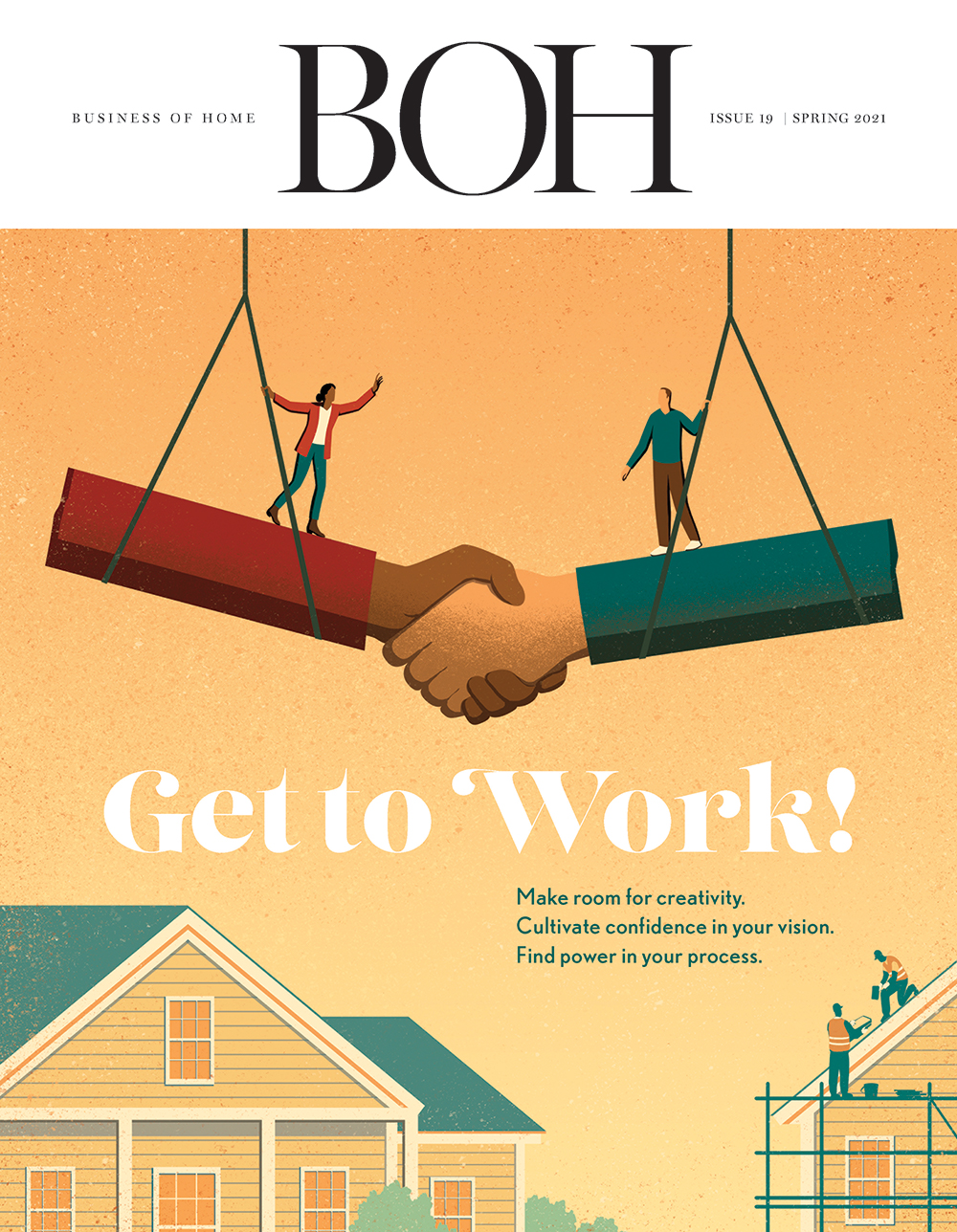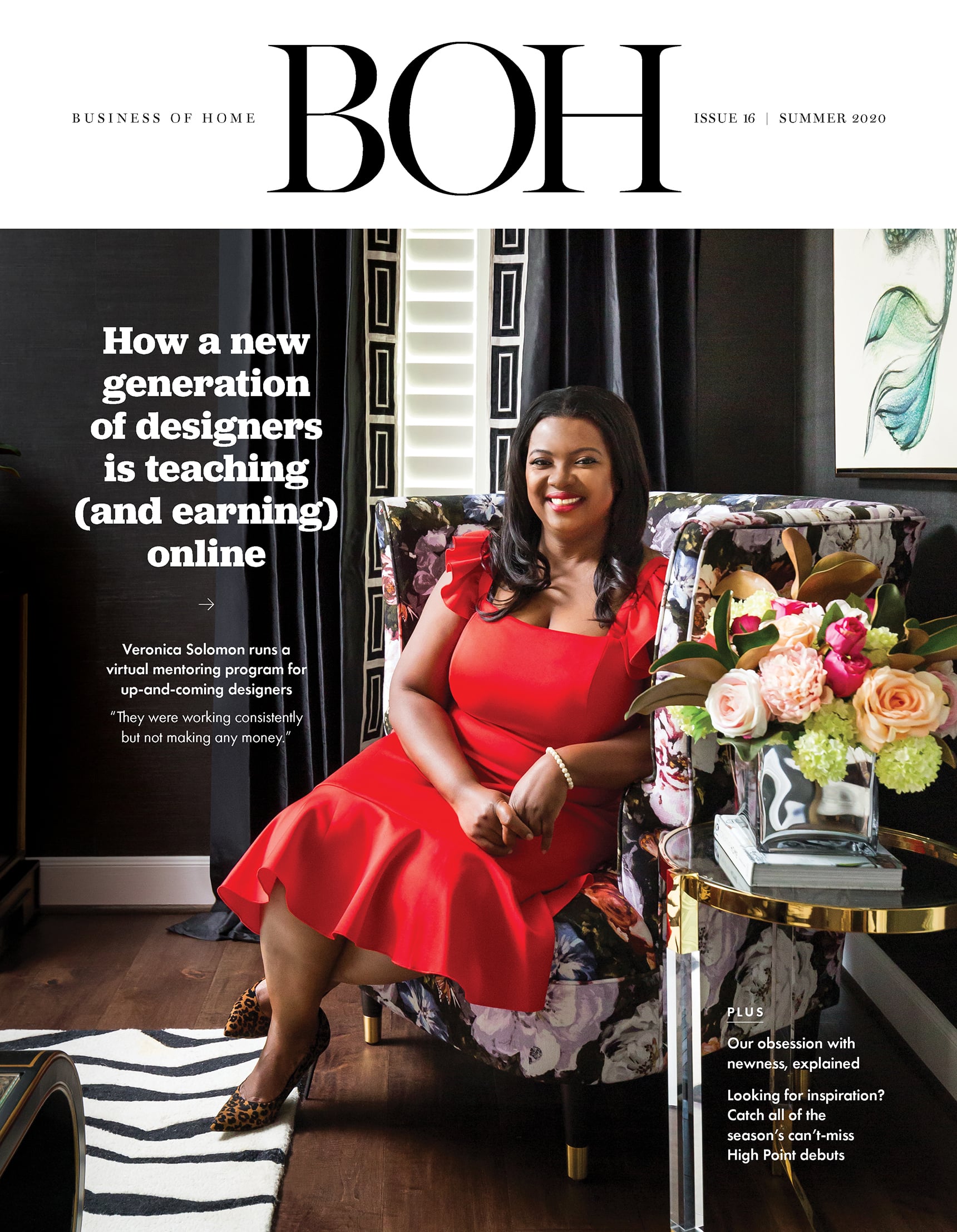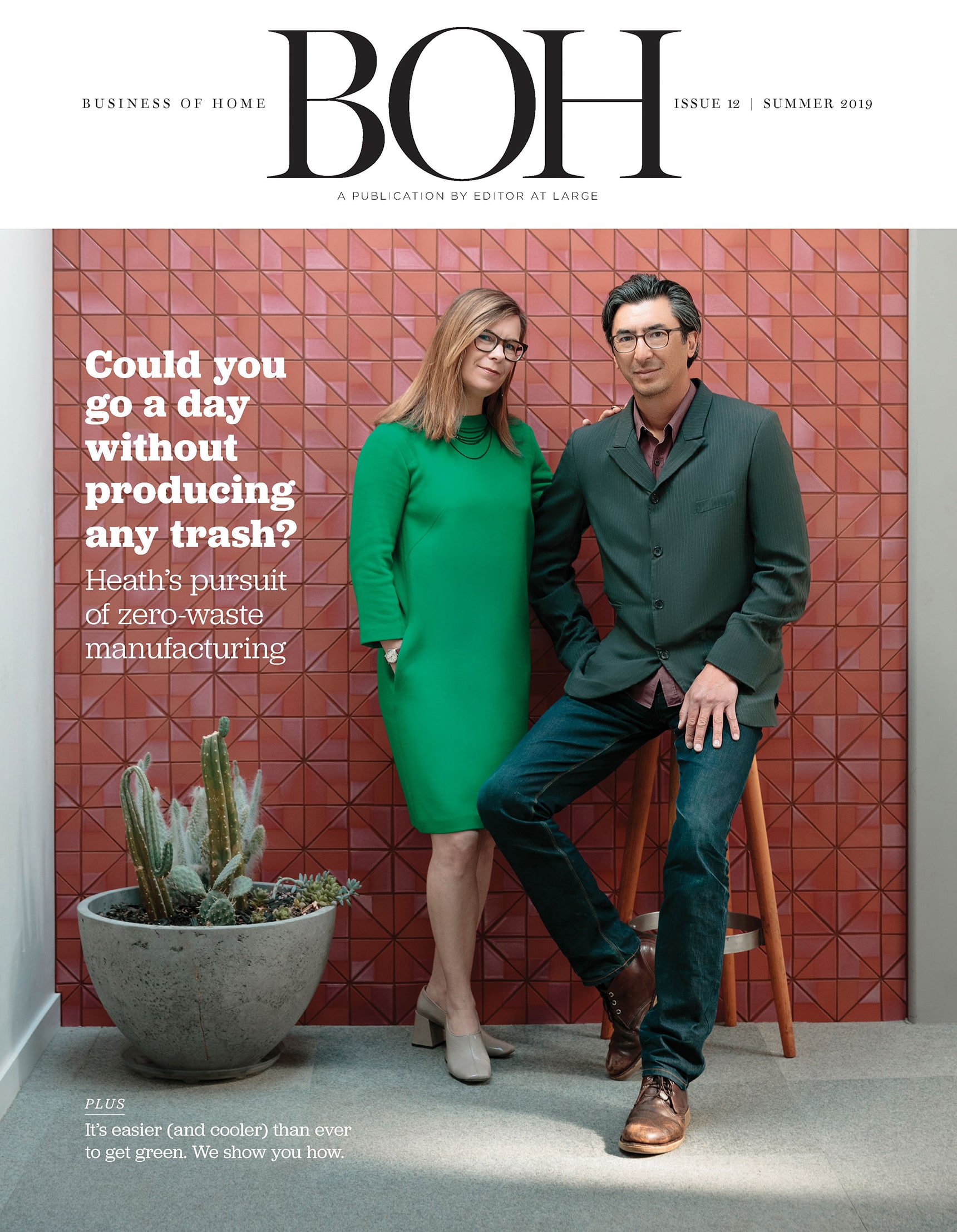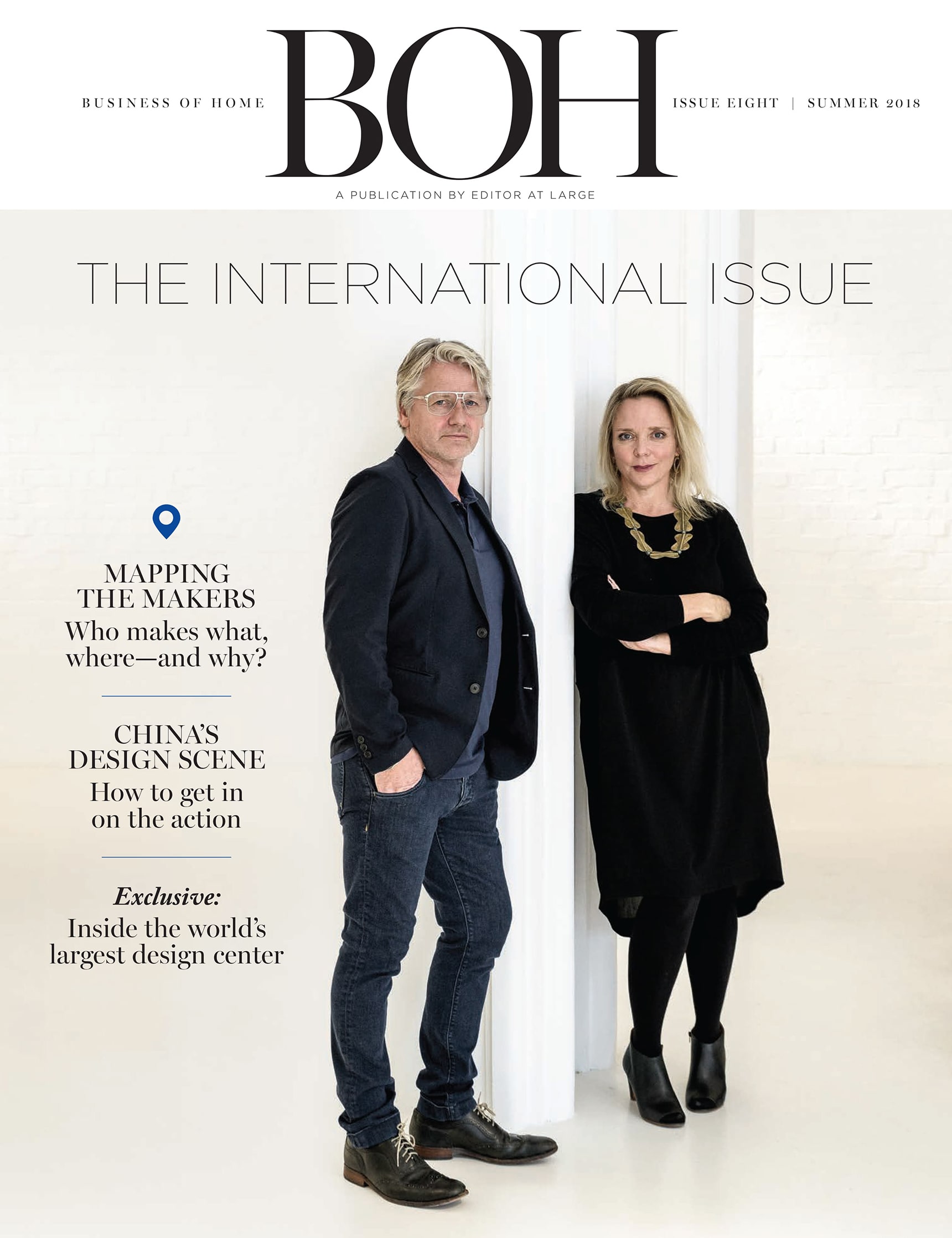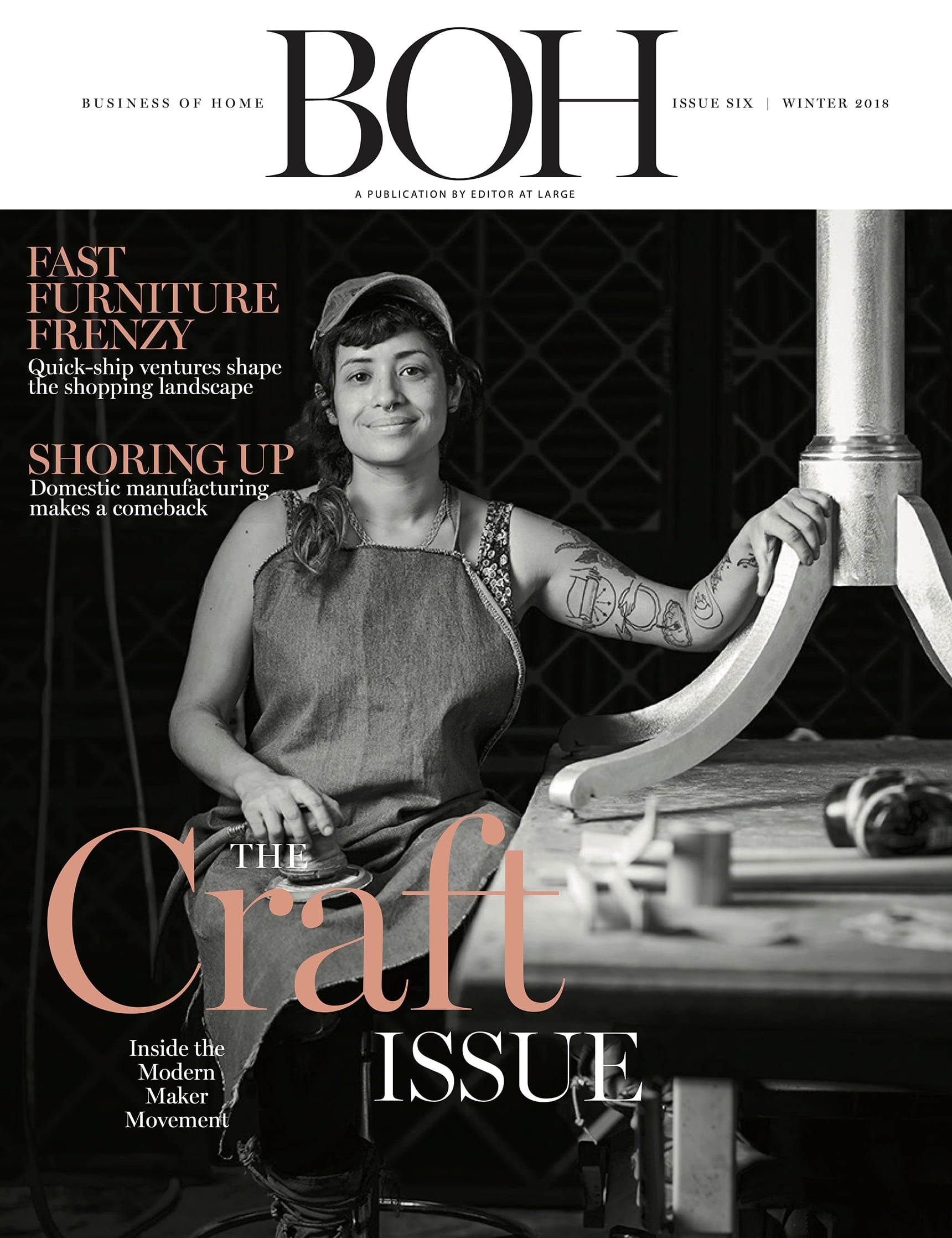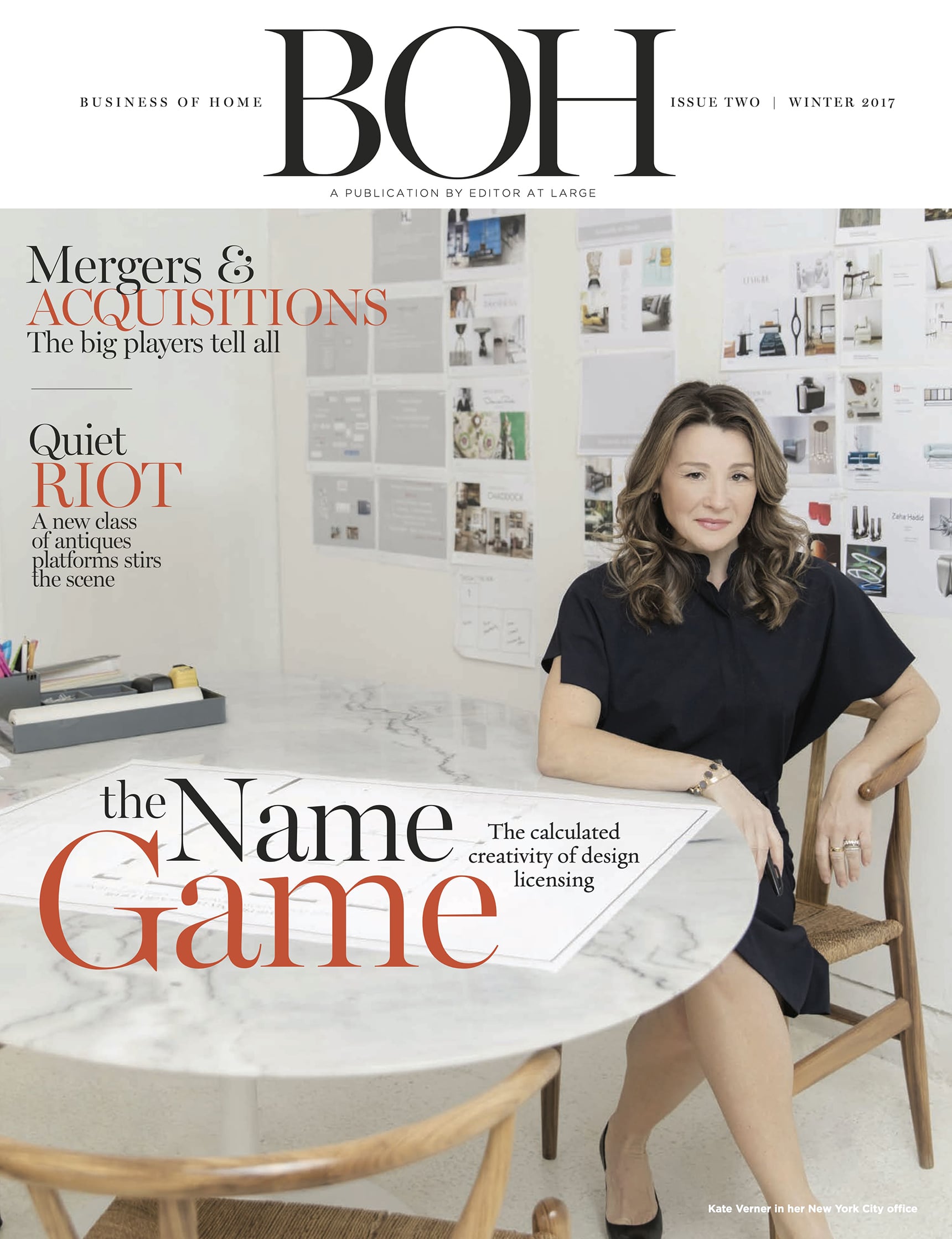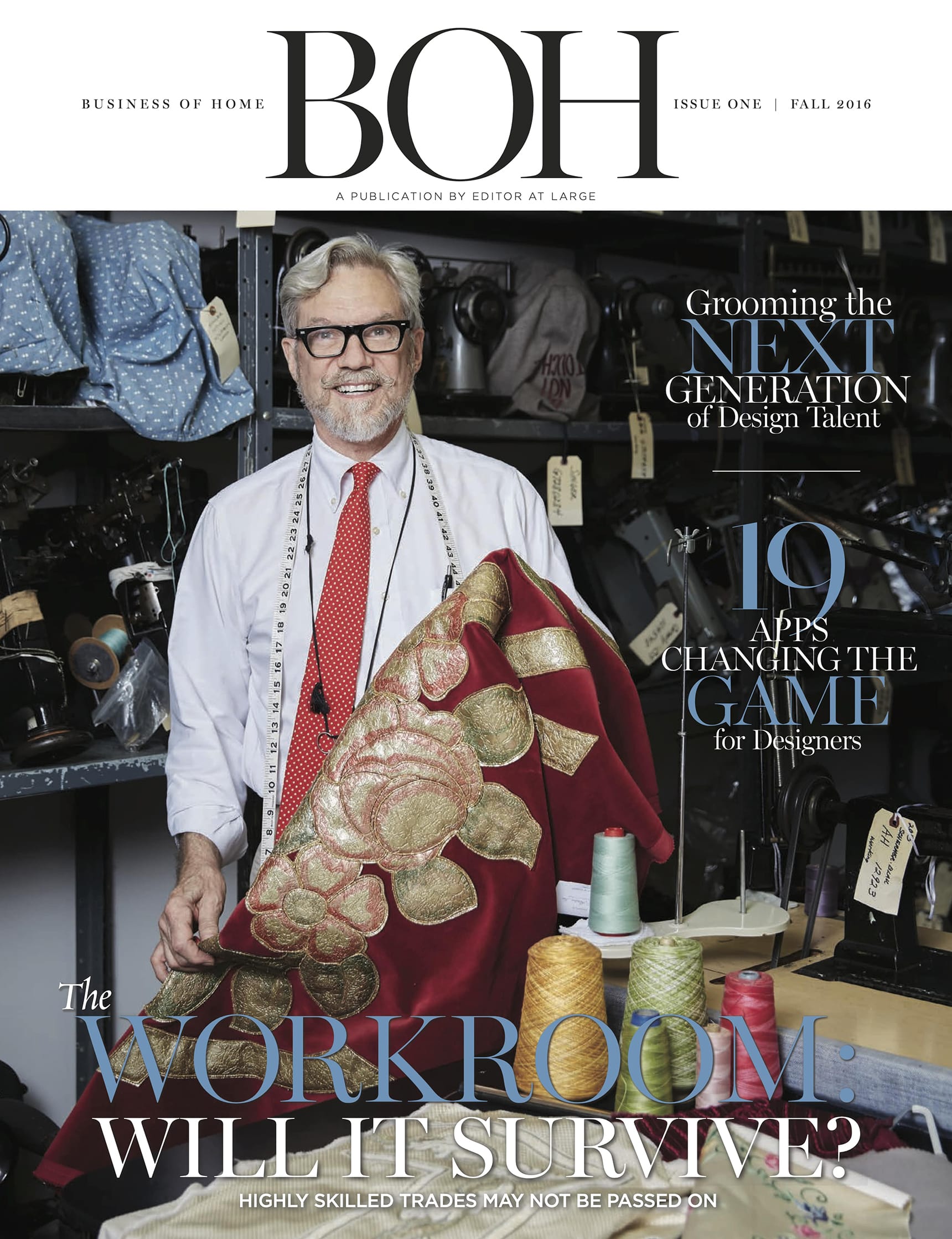We tapped designers, business coaches and industry pros for fast, easy ways to manage your firm’s money smarter.
Rethink your pricing promise.
The internet has turned clients everywhere into price-hunting detectives. As a way to soothe the sleuths, some designers promise their clients that they’ll never pay more than a listed retail price for anything. That, says Jeff Stracka of bookkeeping and accounting firm ID Bookkeeper, is a mistake. “A retailer might give you trade pricing of 20 percent, but that’s not going to pay the rent. Plus, when stores have sales or tax-free weekends, you’re going to work yourself into a fit trying to figure out what you charge your client,” he says. “I think that by making that promise you actually get into the trap of having clients shopping you on the internet—it gives them something to look for.” Instead, Stracka recommends having a clear conversation with clients upfront. “Explain to the client that you don’t want to make design decisions based around the markup or how much money you’re making—of course they wouldn’t want that! Choose what’s best for the client. Maybe it is from RH and it saves them a little money, but you have to get your markup somehow. So what if it’s over retail?”
Stop giving away your time.
If you charge hourly, be honest: Do you bill the client for every hour? Underestimating time when invoicing a client is an understandable impulse, but the experts say it’s cutting into your firm’s profitability. One way to push back against the urge to trim hours: Try looking at smaller chunks of time. Hours can be easy to round up and round down, but it’s harder to be fuzzy with minutes. Kimberly Graff, the COO of Texas-based Charbonneau Interiors, says that her firm became far more profitable when it started charging for design time in 15-minute increments. “Before, we would have fees associated with certain items—like, this many hours for a custom sofa—but we weren’t following every minute we spent on them. Now, we’re pretty strict about it,” she says. “Do we still give some time away? Yes, we give a lot. But less than we did before.”
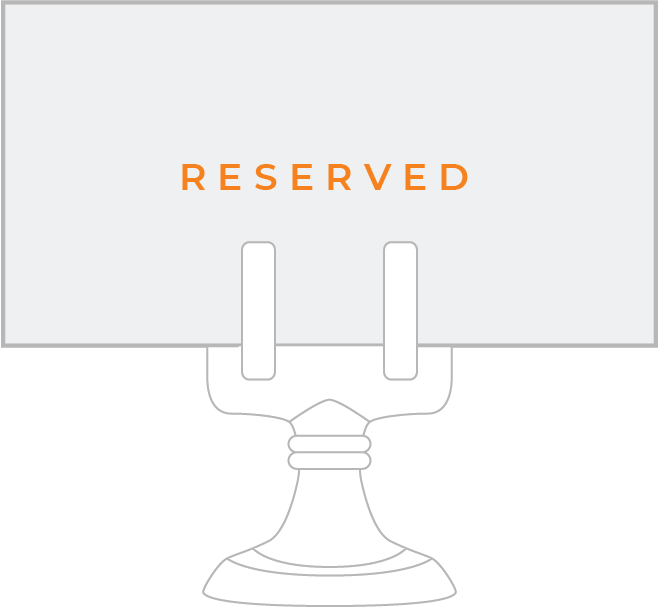
BOH subscribers and BOH Insiders.





















